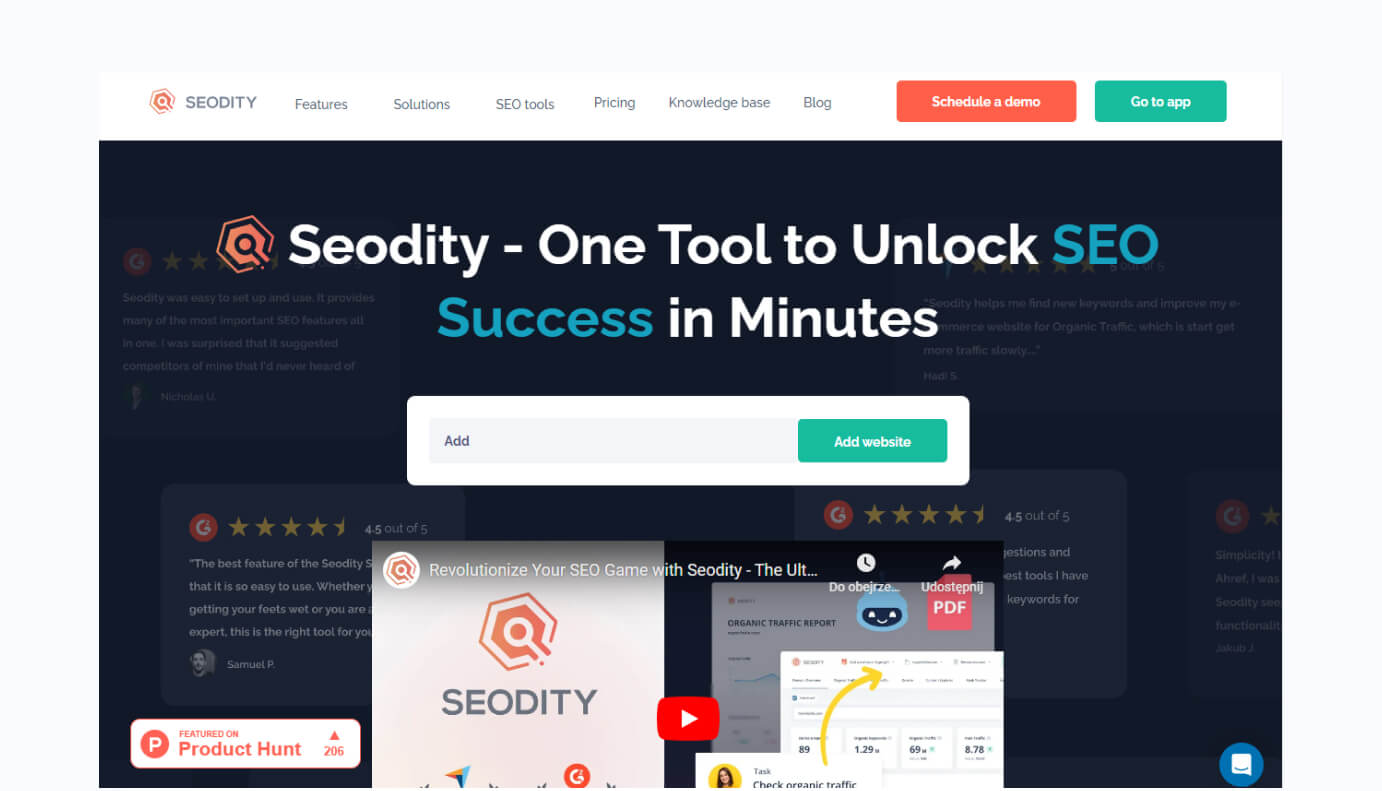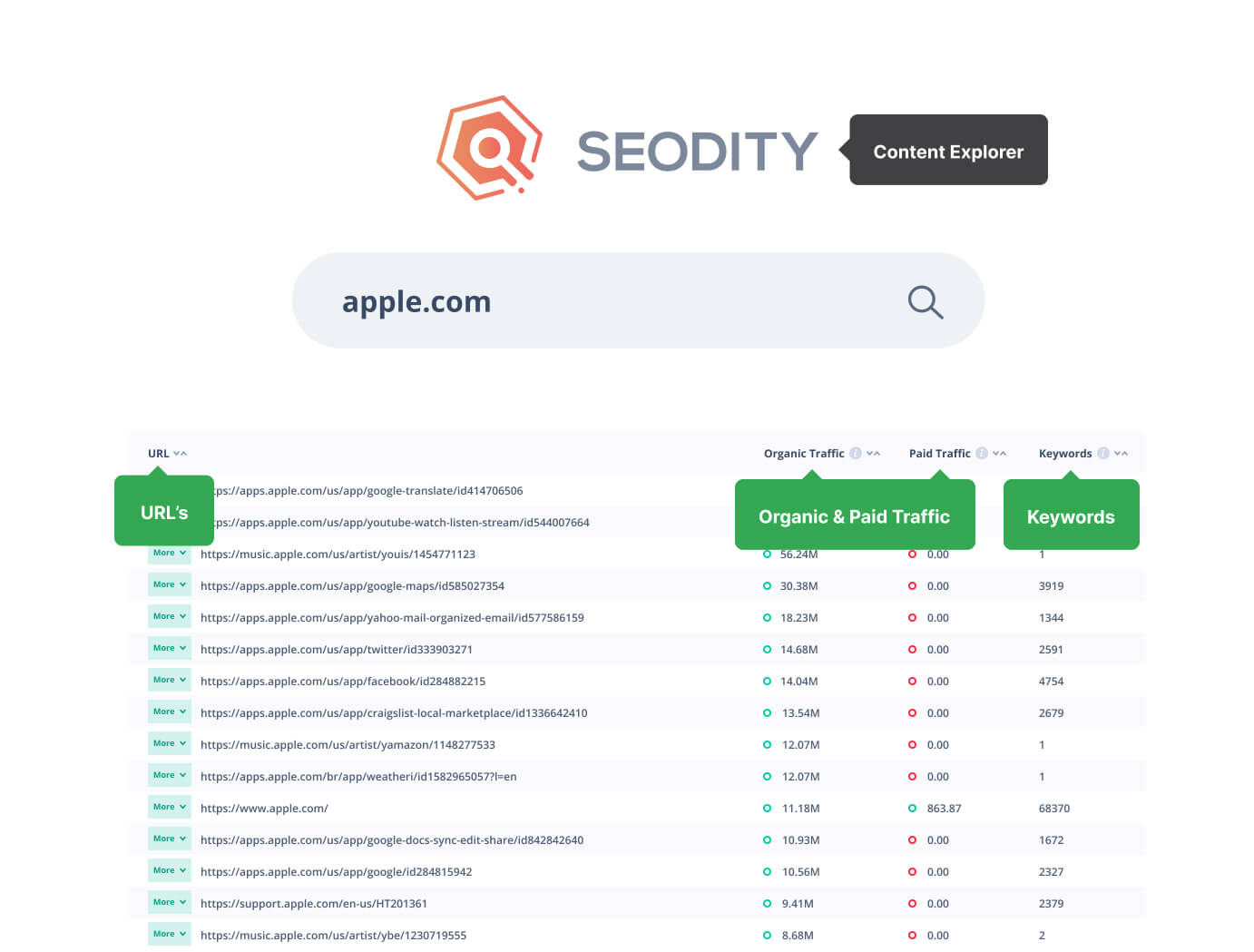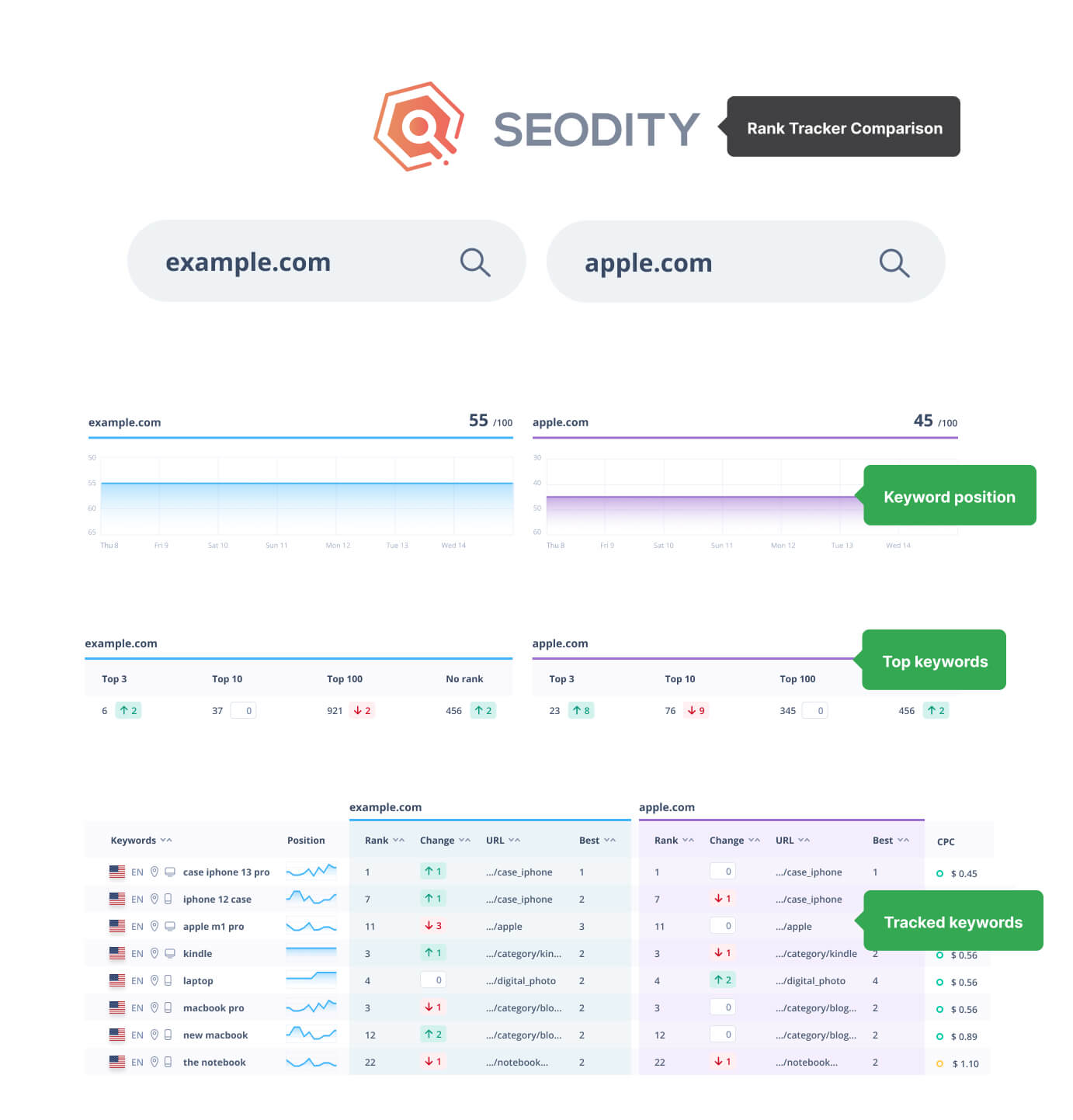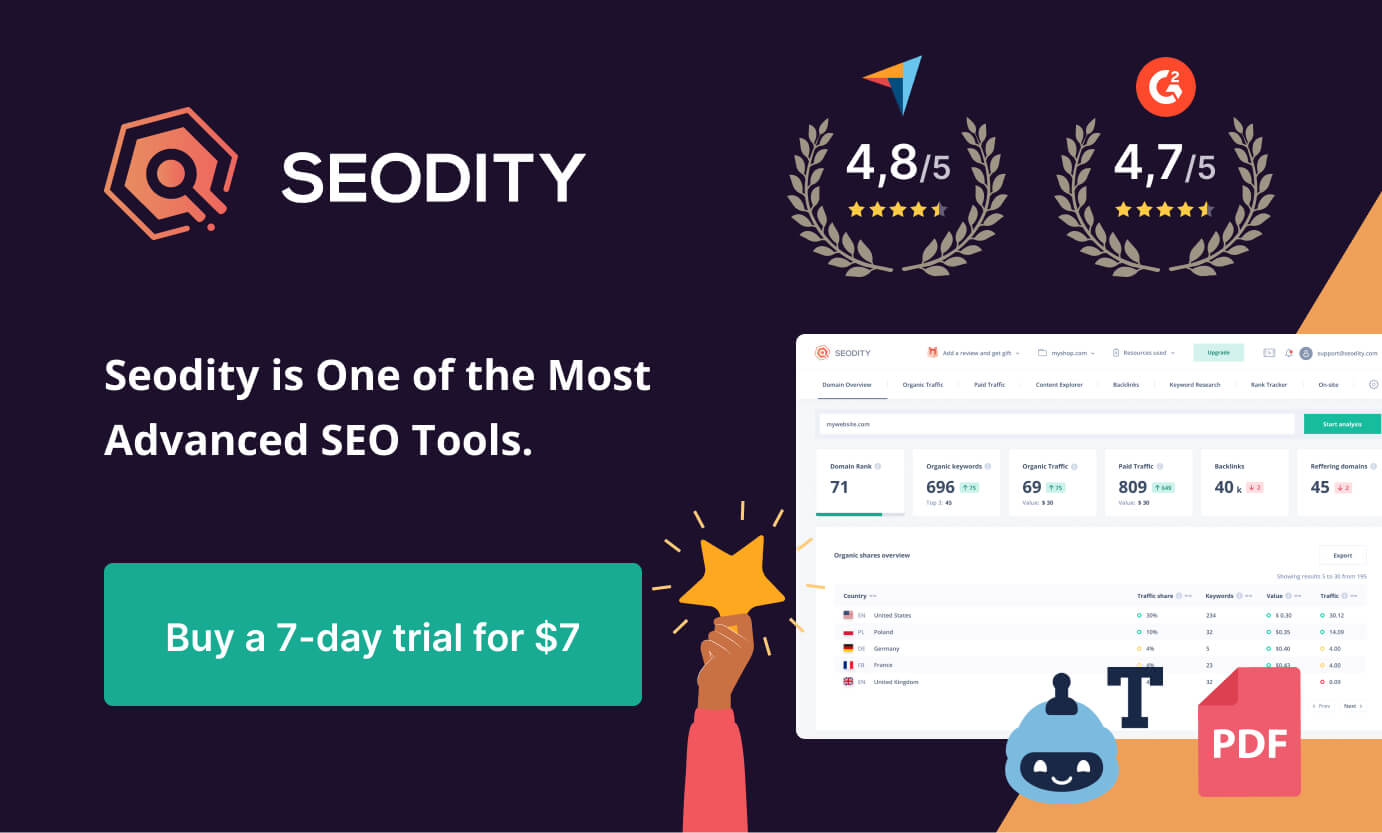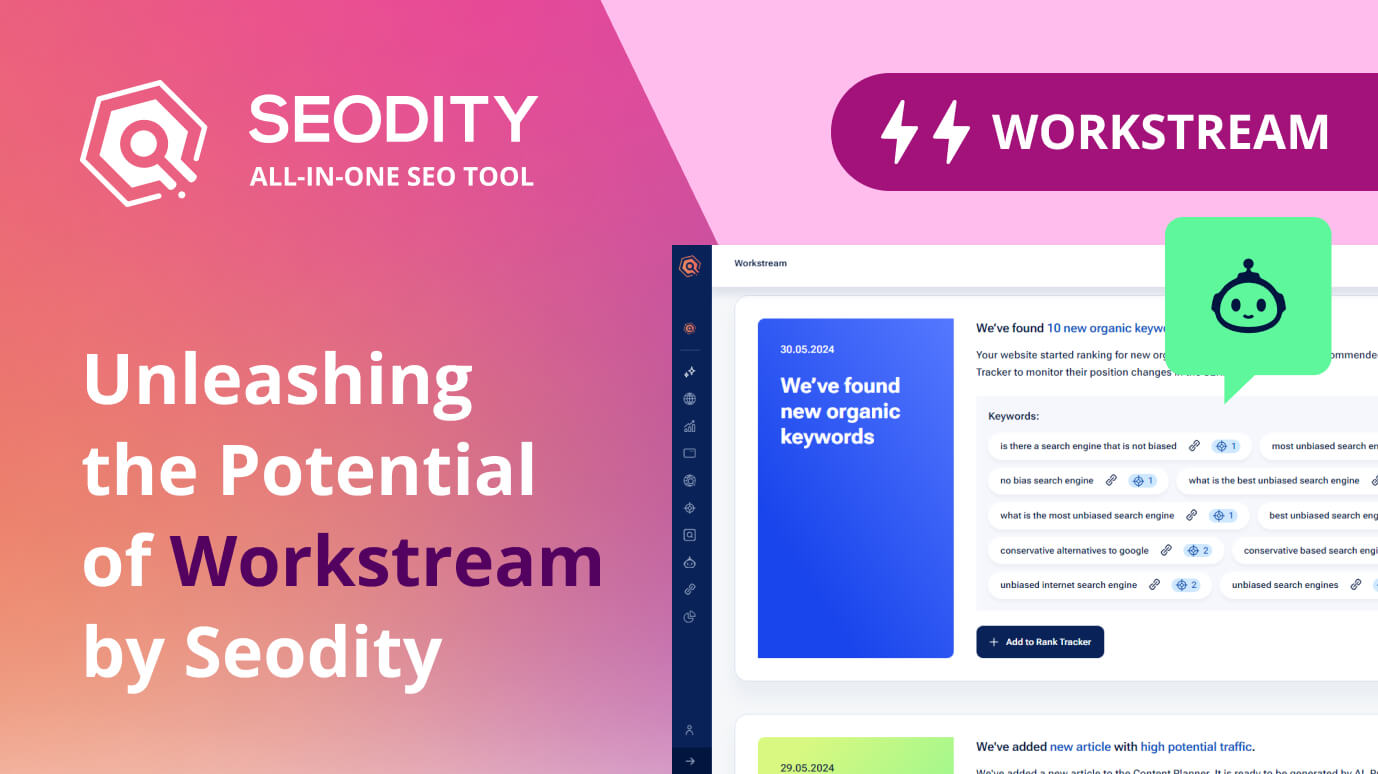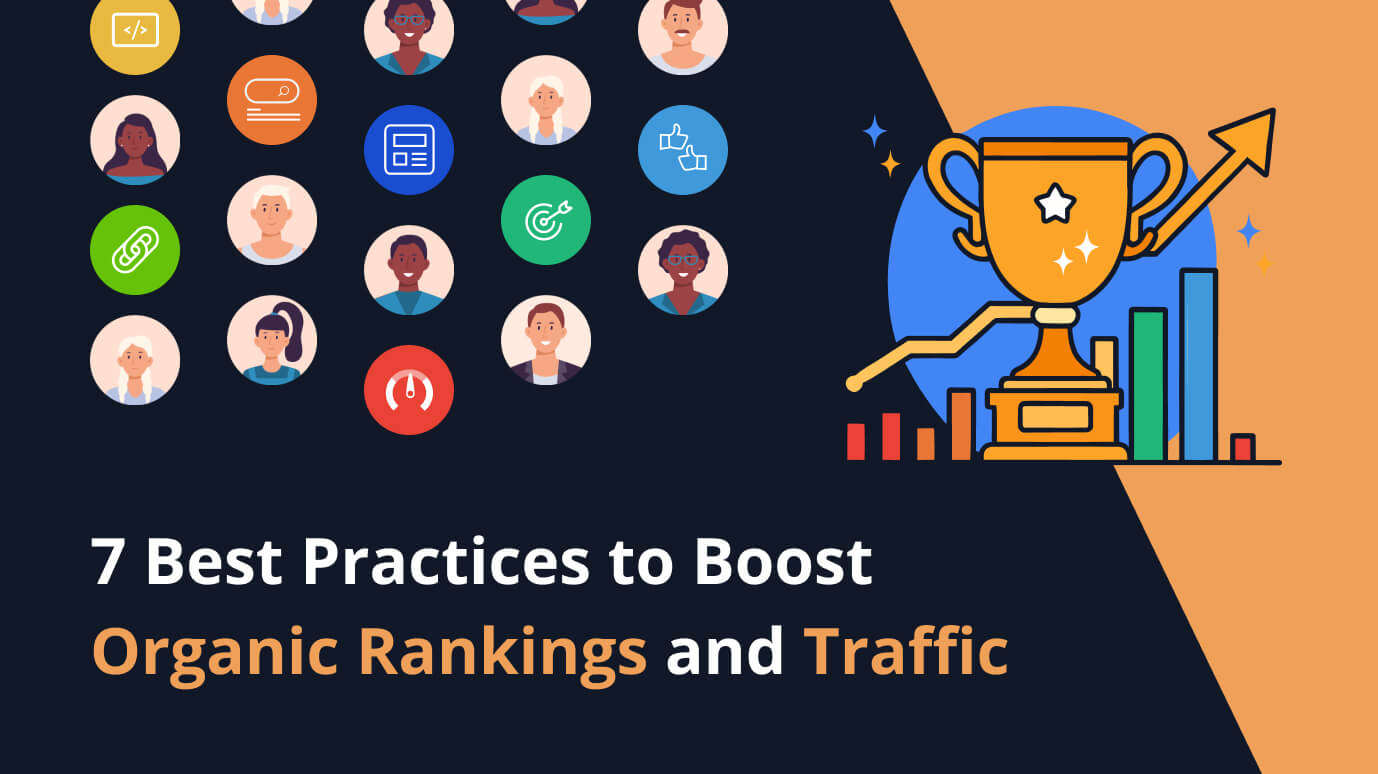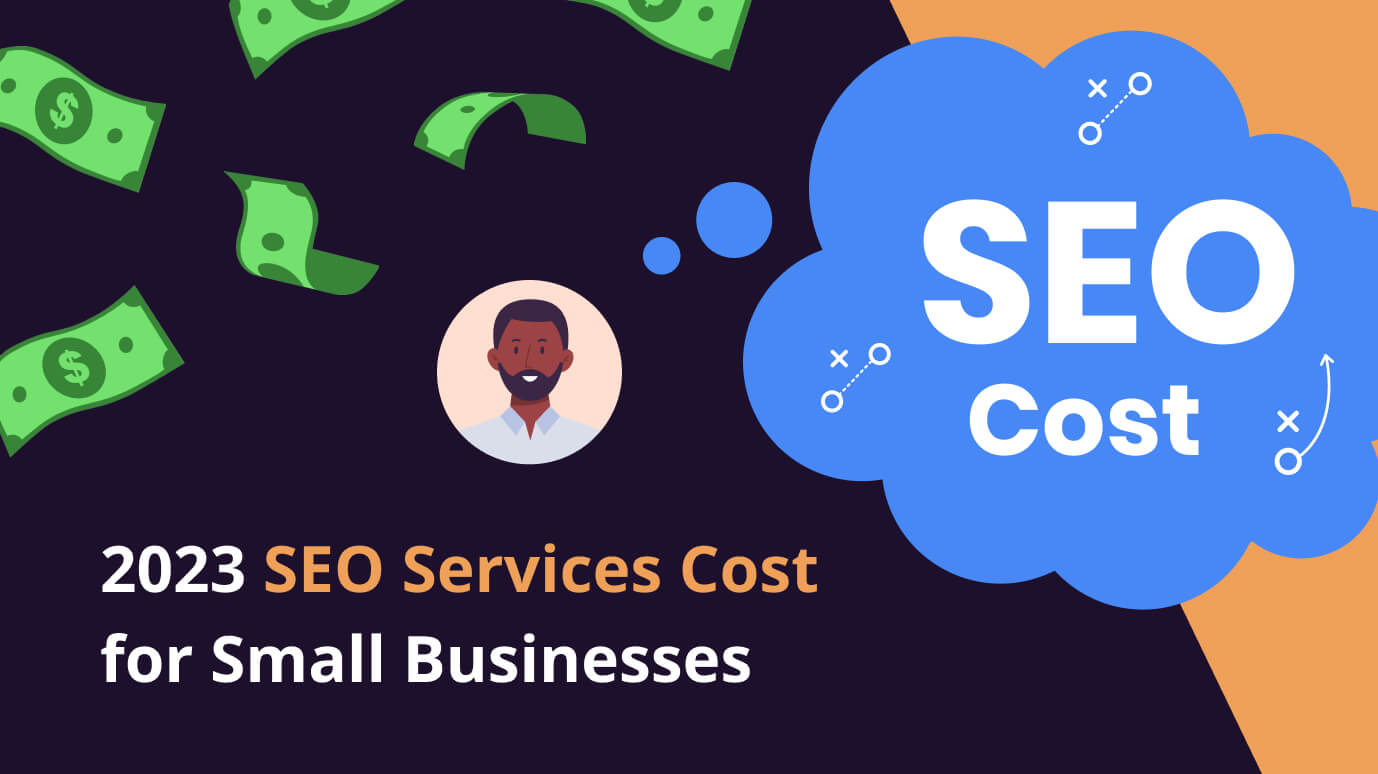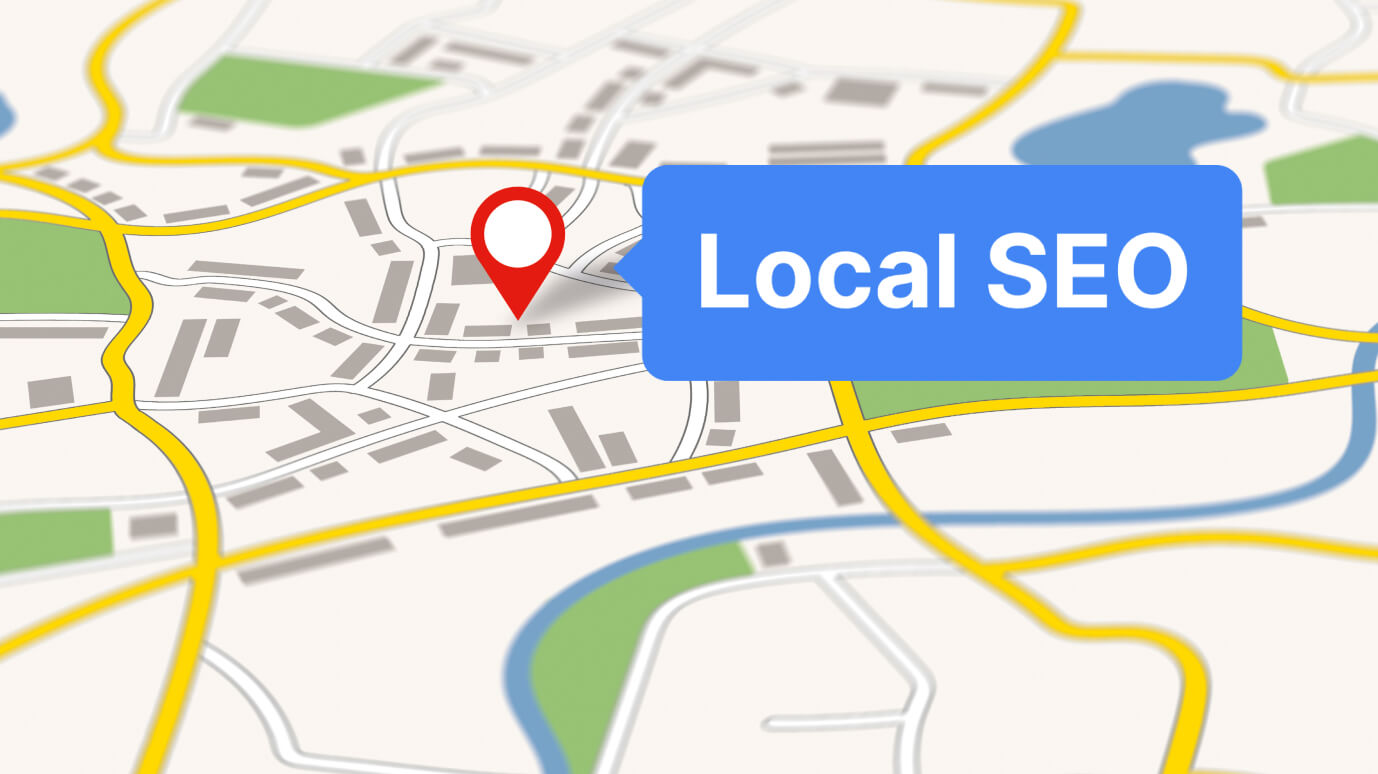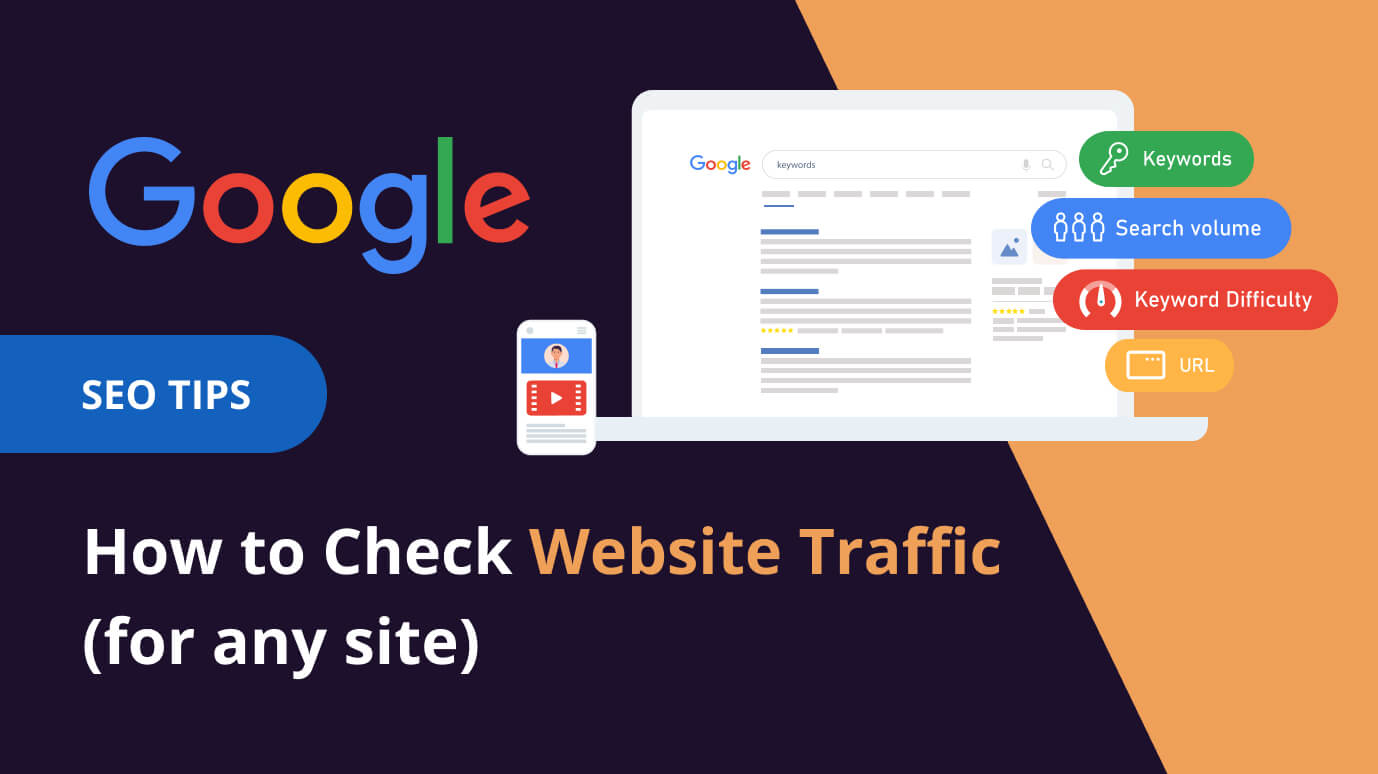
 8 min read
8 min readHow to check website traffic (for any site)
Are you curious about the volume of traffic that your website attracts or how your competitors are faring in terms of visitor numbers? Understanding the flow of traffic to your website and that of your competitors can provide vital insights into the effectiveness of your SEO strategy, marketing efforts, and the overall popularity of your online presence. In this article, we will delve into the different tools and techniques that can be used to ascertain the organic traffic of any website.
But what is Organic Traffic?
Organic traffic refers to the visitors who land on your website through unpaid search results. These visitors find your site after using a search engine like Google or Bing. They are highly valuable because they actively search for something you offer, leading to higher conversion rates. Analyzing organic traffic accurately is necessary for assessing your SEO efforts' success and helps refine your content strategy for better search engine ranking.
How is it possible to know competitors' Organic Traffic without access to their analytics tool?
If you want to know how many people visit your competitor's website but you don't have access to their private data, you can use tools like Seodity to check traffic. This tool doesn't need to access private information; instead, it uses publicly available data from search engine results, which are the pages you see when you search for something on the internet.
Those tools work by collecting a lot of information from the internet, including the results of many different searches on search engines like Google. It uses this information to make an educated guess about how much traffic a particular website might get.
All-in-one SEO tools also collect data on how often specific words or phrases (known as "keywords") are searched for. It uses this information and its calculations to estimate how likely it is that someone will click on a specific website when they search for these keywords. This is known as predicting the Click-Through Rate (CTR).
By combining all this information, Seodity, and others, all-in-one SEO tools can estimate the amount of traffic (or visitors) a website might get from each keyword, each webpage, or even the entire website. So, without needing to access private information, you can still get a pretty good idea of how much traffic a website gets.
Choose the Right Traffic Analysis Tools (free and paid)
Select reliable tools to gain accurate insights into your competitors' traffic. Some popular options for website traffic checkers include:
Google Analytics (For your website traffic analytics, free version): Google Analytics is a free tool that provides a wealth of information about your own website's traffic. It offers insights into the number of visitors, the pages they visit, the duration of their stay, the devices they use, their geographical location, and more. By setting up Google Analytics on your website, you can check your website traffic, whether it's organic, direct, referral, or from social media. It's essential to note that Google Analytics data is private to the website owner, and you cannot use it to check the traffic of other websites. You can also check more web traffic data such as bounce rate and traffic stats.
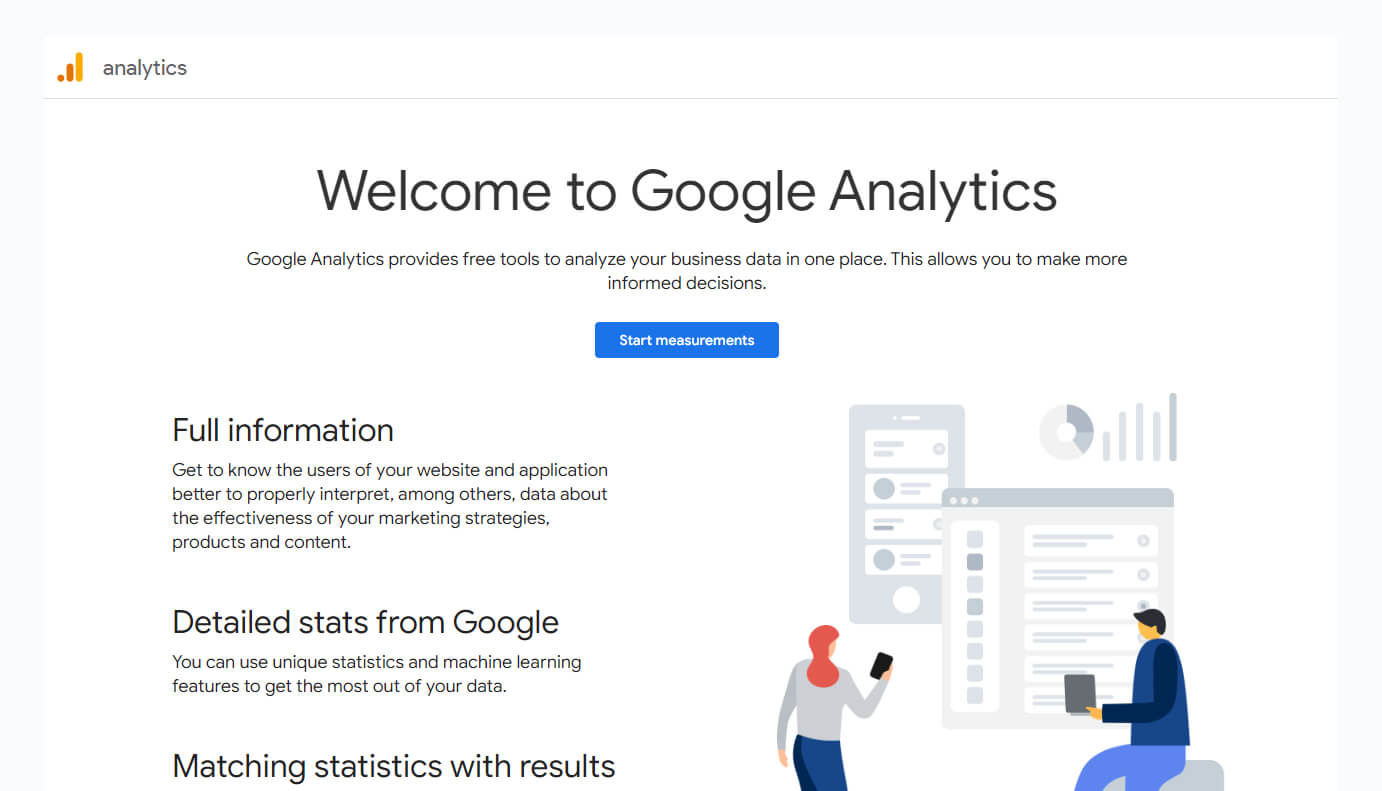
Google Search Console (Free for your website SEO performance): Google Search Console is another tool by Google, which helps you understand how your website is performing in Google's search results. It shows which keywords your website ranks for, how many people clicked on your website from the search results, and how well your website is optimized for search engines. You can check website traffic data and which keywords driving traffic.
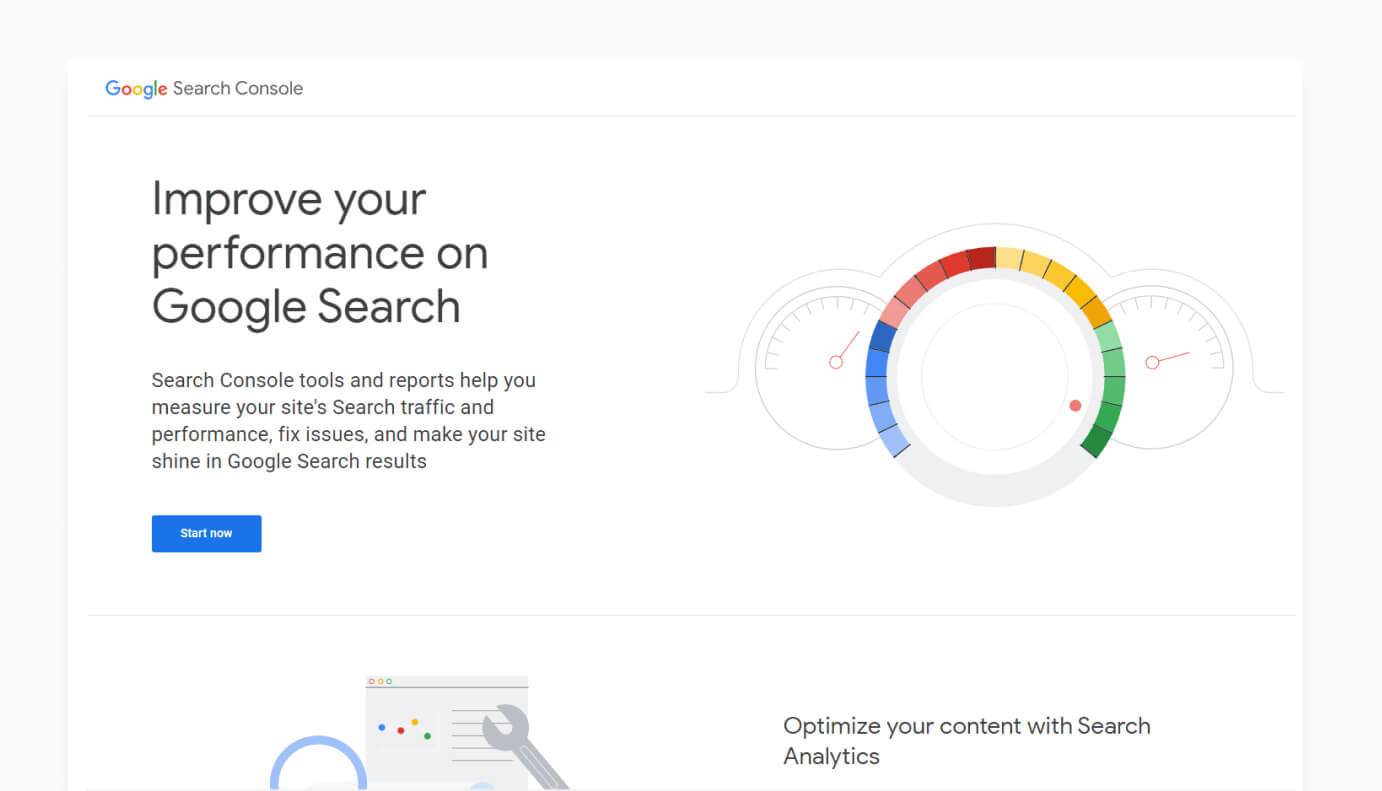
Seodity: As an all-in-one SEO suite, Seodity offers an array of tools for SEO analysis, including website traffic analysis. Its competitor analysis feature allows you to understand your competitors' organic traffic and keyword performance, providing valuable insights to shape your SEO strategy. In addition, Seodity offers backlink analysis, rank tracking, and an AI Content Editor, making it a comprehensive tool for optimizing your online presence.
SEMrush: SEMrush is a widely-used SEO tool known for its competitive analysis features. It estimates a website's total traffic, the breakdown of organic vs paid traffic, top organic keywords, backlink information, and much more. This data is highly valuable when researching competitors' websites, allowing you to understand their strategies and find gaps that your own website could fill.
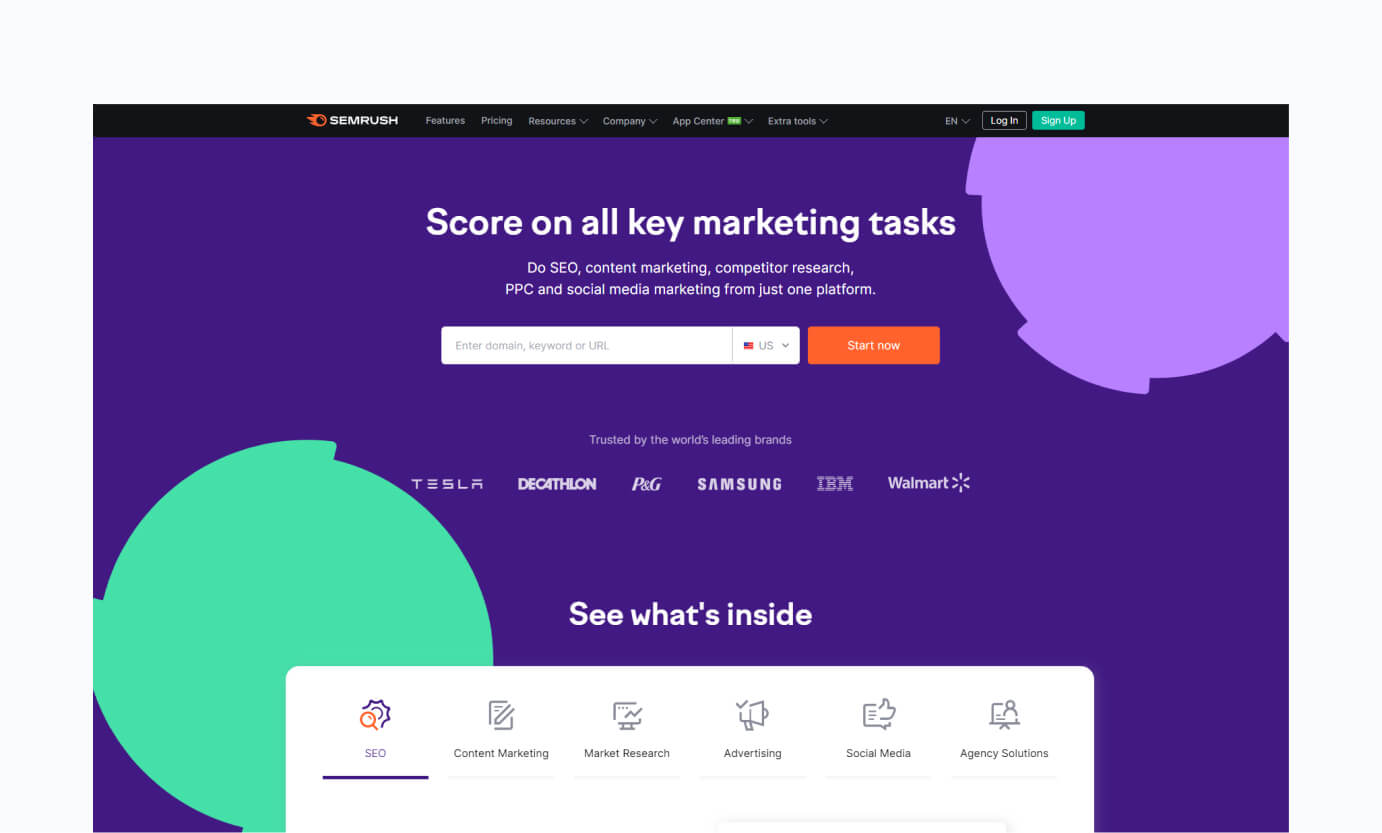
Ahrefs: Ahrefs is a robust SEO tool that provides a wealth of data on your and your competitors' websites. Its 'Site Explorer' feature allows you to estimate a website's organic traffic, the keywords it ranks for, and its backlink profile. Like SEMrush, Ahrefs provides competitive insights to help you refine your SEO strategy.
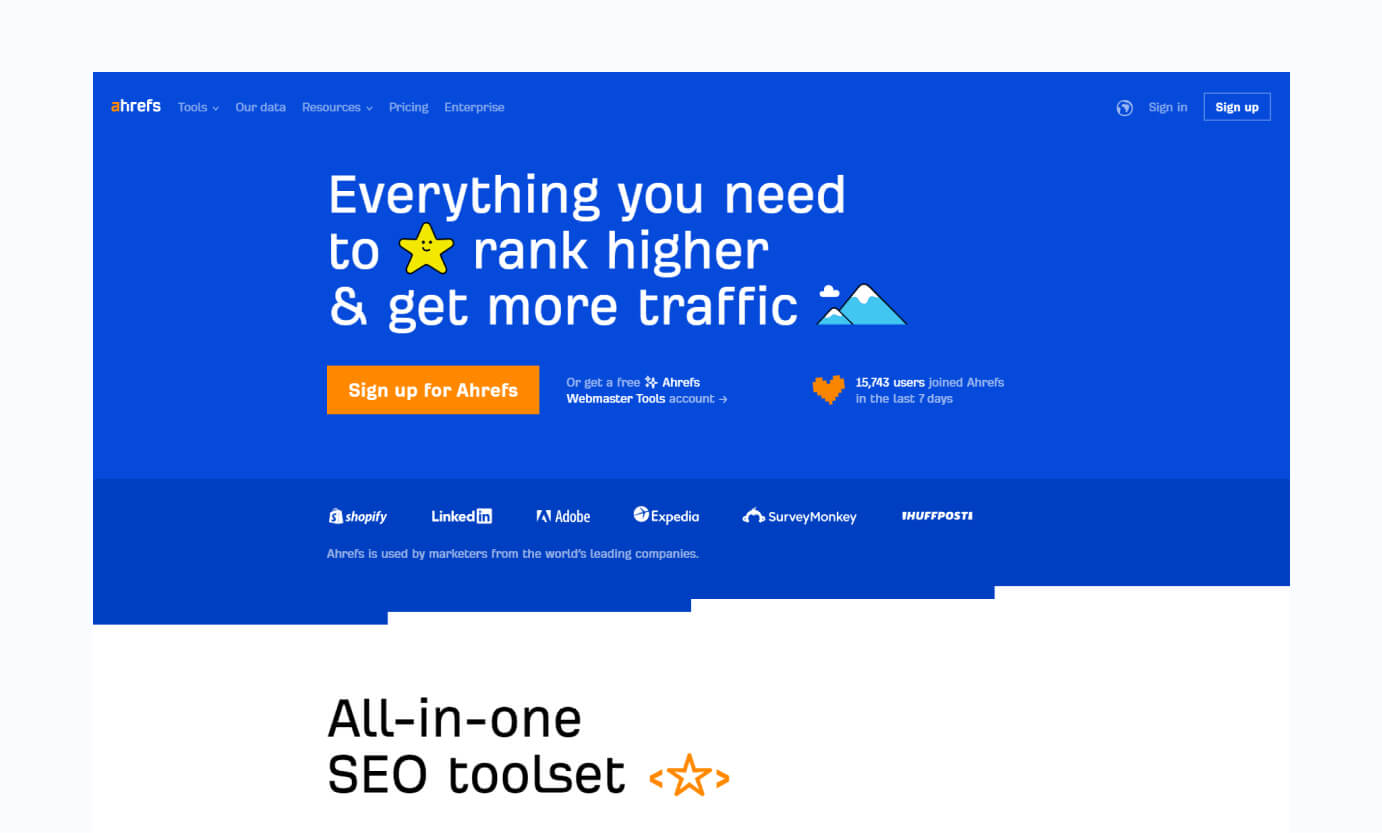
SimilarWeb: SimilarWeb is known for its website traffic and user engagement statistics. It offers an overview of a website's total traffic, traffic sources, top referring sites, and even the main geographic locations of its users. Although SimilarWeb provides estimates rather than exact figures, it is still a useful tool for understanding a competitor's website's overall popularity and reach.
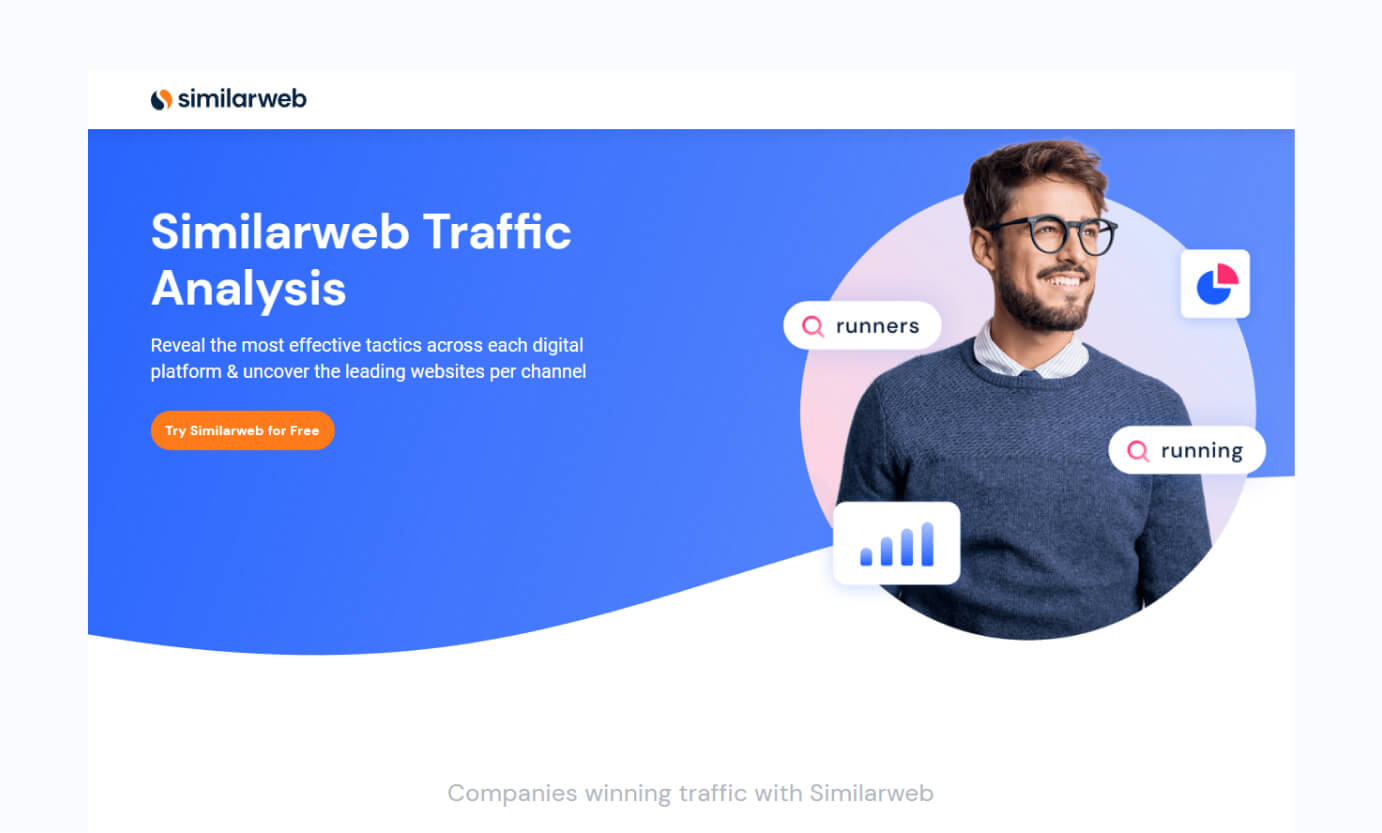
Compare Traffic Metrics and Identify Patterns
Finding important information might seem hard. But understanding some basic terms can make it easier, especially when using tools to look at website data. Here's a simple explanation for each term:
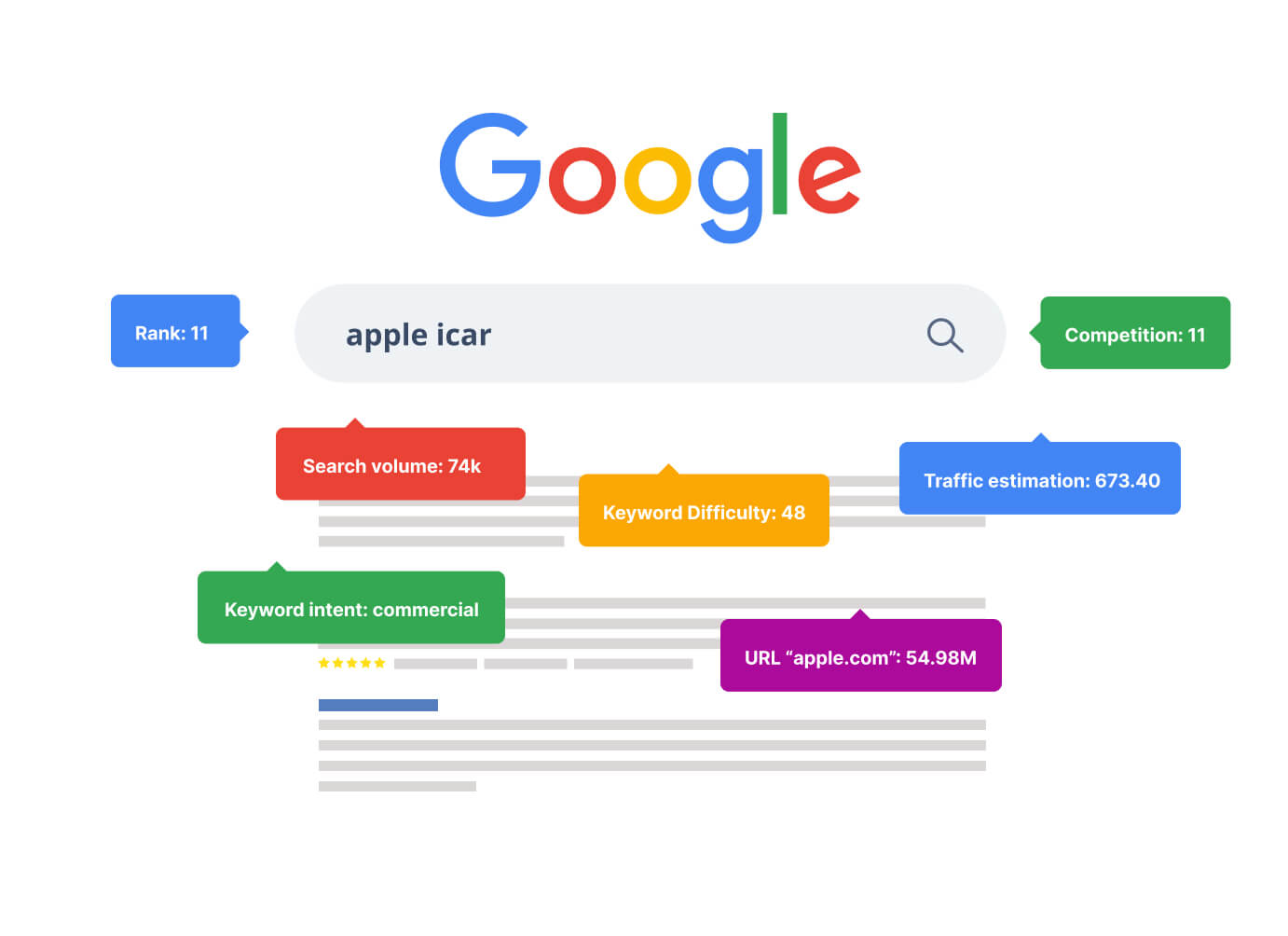
- Traffic estimation: This is a guess about how many people visit a website or a certain webpage. Tools make this guess by looking at where the website shows up in search results and how often people search for certain words.
- Search volume: This tells us how often people have searched for a certain word or phrase on average over a certain period. If many people search for a word, it means it's popular. But it might also mean that many websites try to appear in search results for that word.
- Keyword Difficulty: This shows how hard it might be for a website to be one of the first results when people search for a certain word. It looks at things like how many websites are trying to show up in search results for that word.
- Keyword: This is a word or phrase that people search for. Websites try to show up in search results when people search for these words.
- Keyword intent: This is about understanding why people search for a specific word. For example, are they looking to buy something, or are they just looking for information?
- The number of keywords: Refers to the count of specific words or phrases that appear on a particular webpage or across an entire website.
You can use these terms to look at specific words, certain webpages, or whole websites. What you choose to look at depends on what you need. In this article, we'll discuss different ways you can use these terms.
3. Keep an Eye on Competitors' Keywords
Imagine you're in a friendly competition with your neighbors to have the best-looking yard in the neighborhood. To get ideas and keep up with what they're doing, you might peek at their yards every now and then. This is similar to what businesses do with their competitors.
One way businesses keep an eye on each other is by looking at their competitors' websites. They check how many people are visiting certain pages on the website - this is called "web traffic". If a lot of people are visiting a new page or a certain page is getting more visitors than usual, the business can guess that their competitor is trying something new or doing something that's very popular.
By keeping an eye on these things, businesses can get an idea of what their competitors might be planning to do next. This can help them decide what they should do next to stay competitive.
Monitor Changes and Take Action
Think of managing a business like being in a continuous race with your competitors. You would want to keep an eye on how they're doing and adjust your strategies if they start to pull ahead, wouldn't you? That's what businesses do when they track their website and competitors' traffic.
Businesses can use tools like Seodity, Semrush, and Ahrefs to help. These tools have a feature called "Rank Tracker", which is like a leaderboard that shows who is doing better in terms of showing up in search engine results.
In Seodity's Rank Tracker, businesses can choose specific words or phrases (called "keywords"), like "best coffee in town", and monitor how they and their competitors rank when people search for those keywords.
If a business notices that a competitor is ranking higher for certain keywords, it's a signal that they might need to improve their website's related content. It's like noticing that your competitor is pulling ahead in the race and knowing it's time to pick up the pace.
Seodity Rank Tracker (started from $35) - https://seodity.com/keyword-rank-tracker
Ahrefs Rank Tracker (started from $99) - https://ahrefs.com/rank-tracker
Semrush Rank Tracker (started from $119,95)- https://www.semrush.com/position-tracking/
Improving Your Website Traffic: What Matters Most
Increasing the number of visitors to your website is akin to planning a well-attended event. Here are some key considerations:
- Understand the competition: Much like studying successful elements of other events, analyze the keywords your competitors are using. Specifically, look for keywords with high Search Volume (a lot of people are searching for them) and low Keyword Difficulty (KD) - this means it's not too competitive, so you have a good chance of ranking high in search results for this keyword.
- Develop a content strategy: Based on the keywords you've identified, craft a content plan. This is like selecting the activities for your event based on what your guests enjoy. Initially, aim to create a few articles per month.
- Prioritize quality: Just as you'd ensure the entertainment at your event is top-notch, focus on creating valuable, engaging content that caters to your audience's interests and needs.
- Optimize for search engines: Just as you'd provide clear directions to your event, employ SEO techniques to enhance your website's visibility in search results. Use relevant keywords naturally in your content and meta tags, and employ both on-page and off-page SEO strategies.
- Enhance user experience: Ensure your website is easy to navigate, mobile-friendly, and aesthetically pleasing, just like ensuring your event venue is accessible, comfortable, and visually appealing.
- Utilize social media: Just as you'd promote your event on social media, share your content, promote your brand, and engage with your audience across various platforms to extend your reach.
Implement email marketing: Build a strong email list, akin to compiling a guest list, and use it to share valuable content, promotions, and updates with your subscribers. It's like sending personalized invitations or updates to your event attendees.
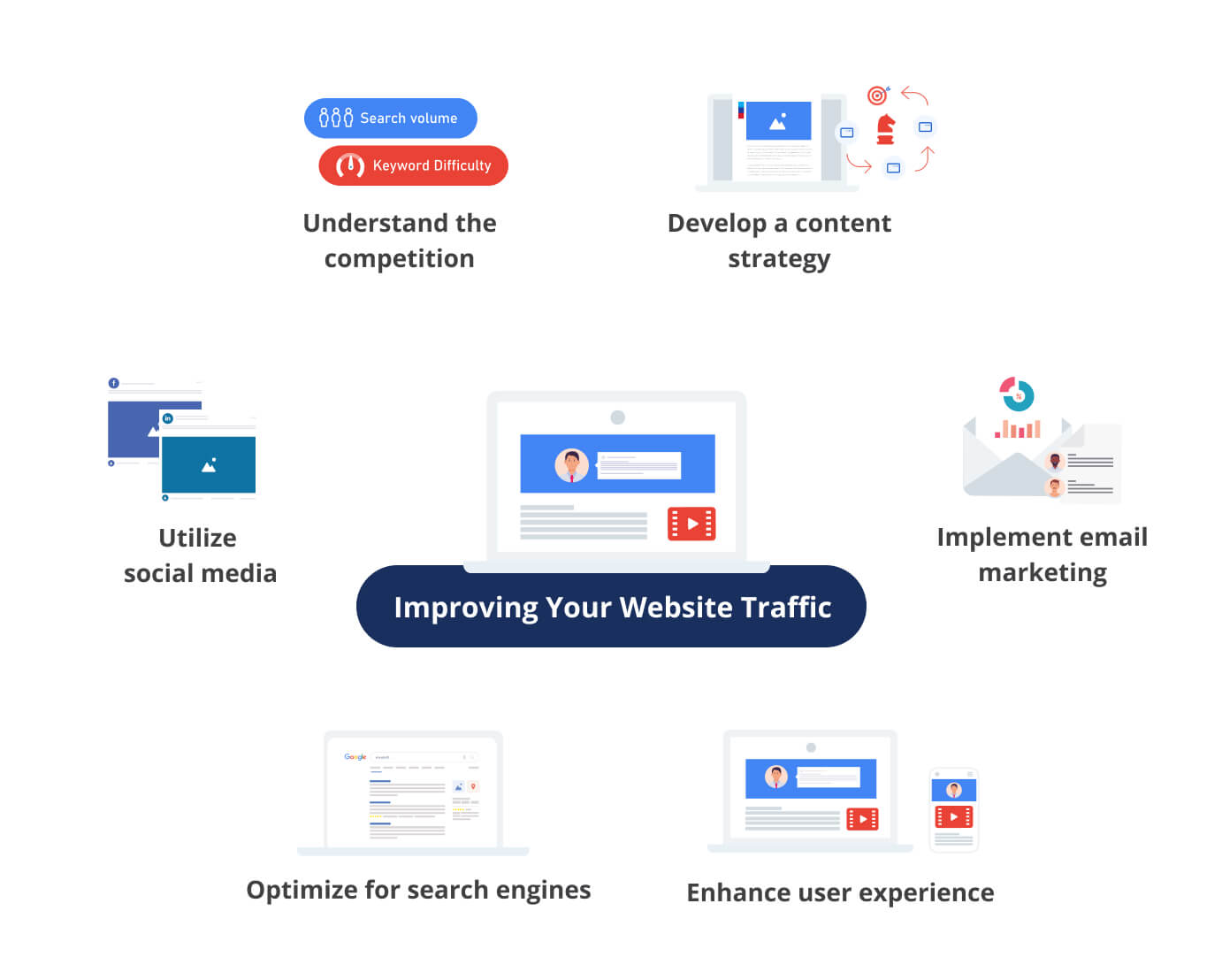
Final Thoughts
Remember that the data you gather isn't just for knowing what's happening. You should use it to set actionable goals to boost your website's traffic. Don't put it off, start today. Tools like Seodity can be invaluable in this process. If you need more information or guidance, don't hesitate to contact their support team or book a demo. Don't delay. Begin enhancing your web traffic today.

Marcin is co-founder of Seodity
.svg)
